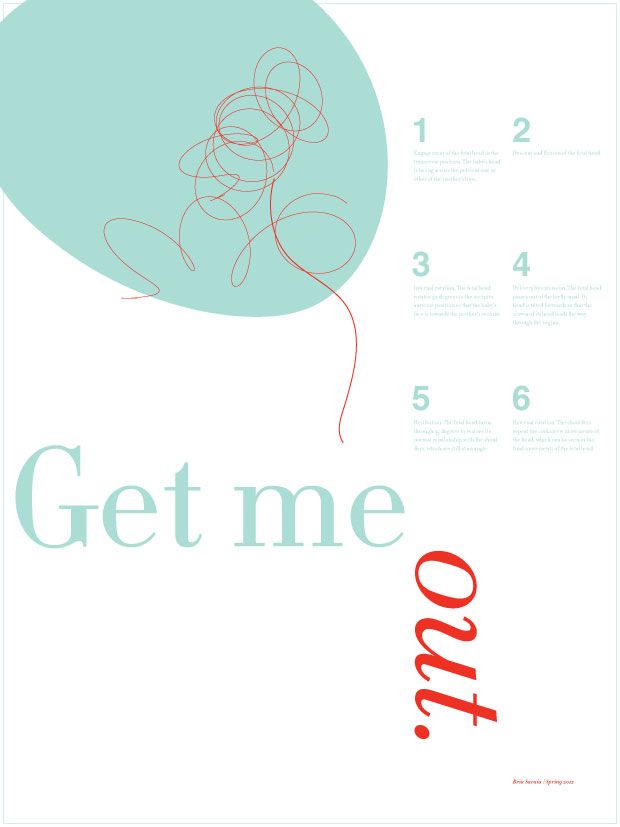On artisanal food and artisanal technology.

I don’t know what it is about the Pacific Northwest and food, but I’m really glad to be going back to it (I’m seriously considering writing a book about it someday, though – what do you think?). One of the things I’ve missed the most while living on the East Coast is the ubiquitous artisanal approach to food. There’s something about the cloudy rainy salty fresh mountains that inspires people to make good food, eat good food, and surround good food with inspiring architecture and interior design. Not to mention easy access to the agricultural abundance of the entire West Coast. In Seattle, the culinary is truly an art. The spatula, a paintbrush. The gleaming plate, a canvas.
Artisan. What does this word mean, exactly? What does being an artisan entail? I just finished Walter Isaacson’s Steve Jobs bio, and the story of Apple provides thought-provoking insight into what it means to be an artisan. Technically speaking, Apple products don’t meet the definition of the term artisan, but regardless, one of the initial hallmarks of Apple’s success was the artisanal approach with which the two Steves approached designing and building technology. I am inspired to do the same in my own work. O, to be an Artisanal Technologist.™
On that note, here are a couple of my favorite artisanal things, from both coasts.
Scrappy’s Bitters. I discovered these while shopping on Capitol Hill with my best friend, Laura, when she introduced me to Sugarpill. When I lived in Seattle pre-East Coast, I wasn’t really into cooking that much. I figured I would take full advantage of the division of labor in the Emerald City: why cook for yourself when there are tens of amazing restaurants right outside your door? I started developing a serious interest in cooking only after moving to the mid-Atlantic and realizing that if I wanted to eat the same caliber of food I was used to on the West Coast, I was going to have to make it myself. Almost five years later and I have yet to find a decent bakery here. Meanwhile, my culinary explorations carried over into cocktails and I discovered bitters when I started making Sazeracs. Bitters, in case you didn’t know, are like spices for cocktails.

Then there are the wonderful spirits by Art in the Age of Mechanical Production. These I discovered while on a trip to Philly last year with my friend Lindsay. She has incredible taste and an eye for truly good and wonderful things; I owe her for this. As you can see, I’m almost out of my bottle of Rhuby, but I’m waiting until I’m back in Seattle to buy more. I will try Snap next. If you’re in Seattle sometime soon, come try it with me. Until then, you might familiarize yourself with Walter Benjamin’s essay and inspiration for the spirits’ creators: The Work of Art in the Age of Mechanical Production.
Even the most perfect reproduction of a work of art is lacking in one element: its presence in time and space, its unique existence at the place where it happens to be.
